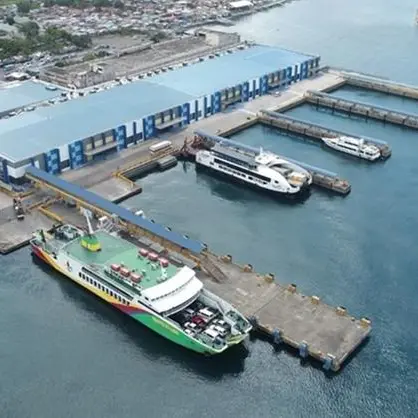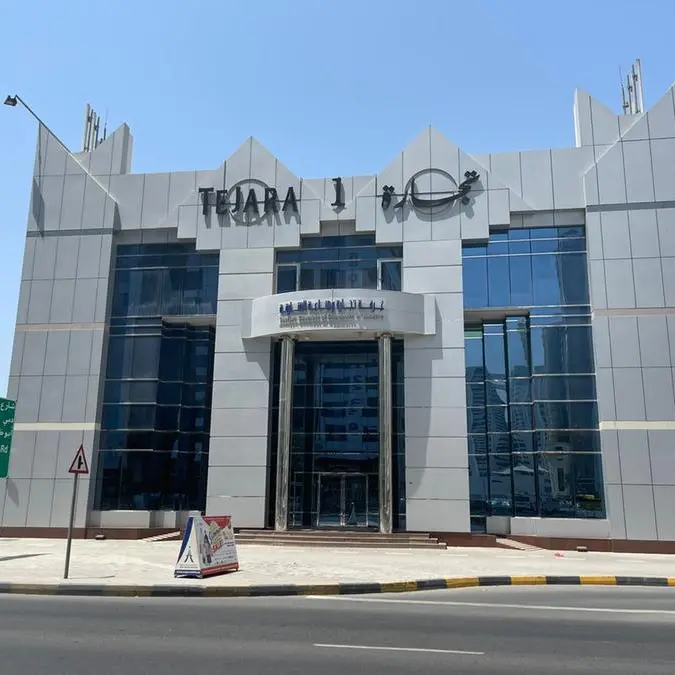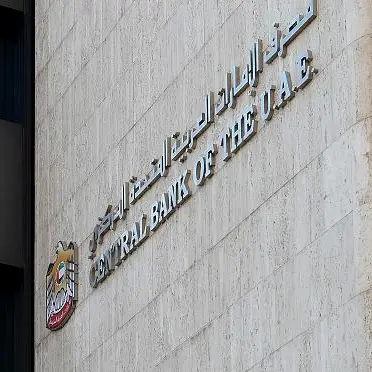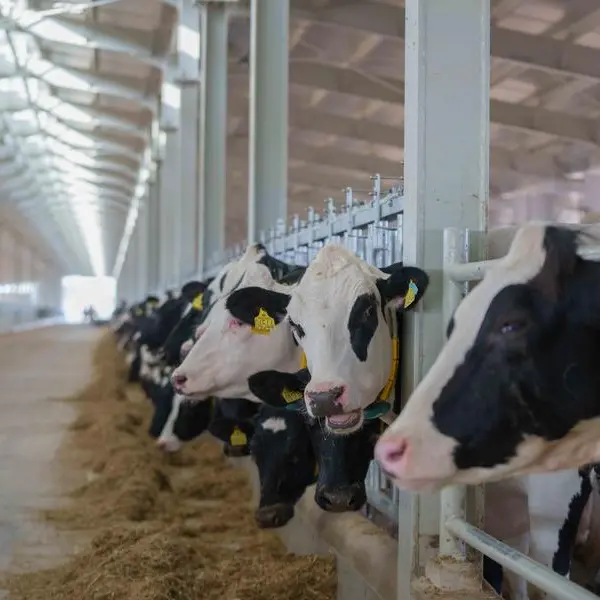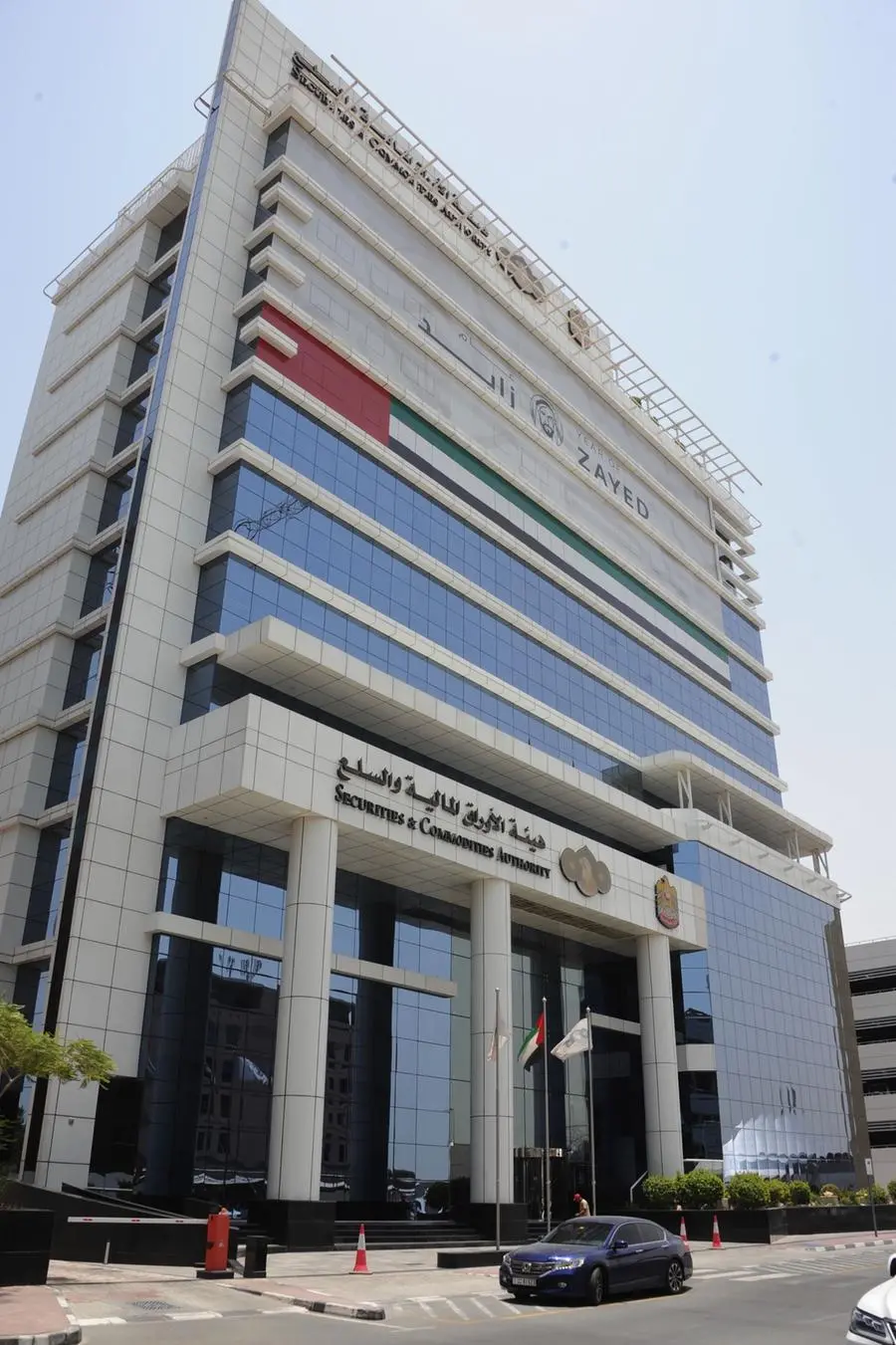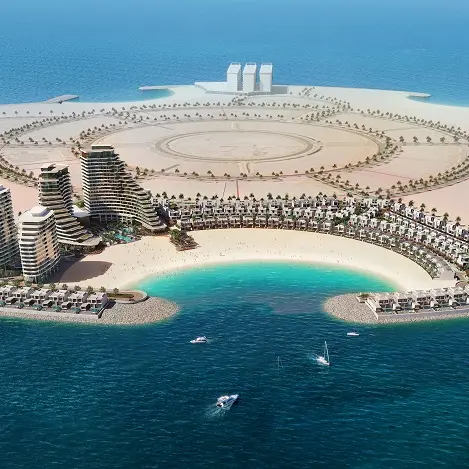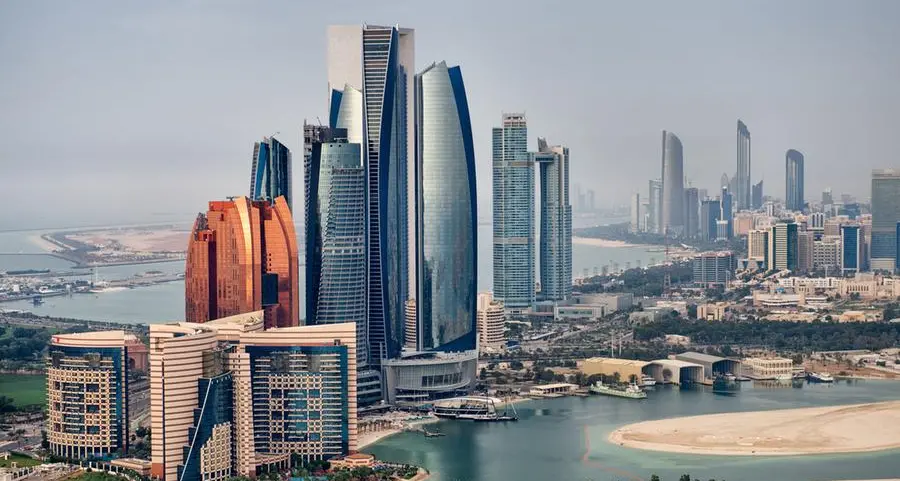28 July 2015
MUSCAT: An estimated 10,000-15,000 Omanis could be working on the Oman National Railway Project when multiple segments of this multibillion-dollar infrastructure development are taken in hand for implementation, according to a senior executive of Oman Rail. John Lesniewski, Chief Commercial Officer, made the comment in the context of the sizable localisation and employment generation potential of the Sultanate's ambitious national rail venture. Speaking at an event held in the city recently, he described In-Country Value (ICV) -- a collective term enshrining a commitment creating jobs for Omanis, enhancing their employability through training and skills development, procuring local resources and services, and so on -- as a cornerstone objective of the Oman National Railway Project.
Oman Rail, the national rail company set up by the Omani government to implement and operate a world-class rail-based passenger and freight transportation network in the Sultanate, has defined ICV as the total spend in Oman that benefits business development, contributes to human capability development, and facilitates technology transfer, thus ensuring the sustainable competitiveness of Omani subcontractors and increasing the productivity of Oman's economy.
Typical measures creating ICV include, but are not limited to, the procurement of Omani products and services from Omani subcontractors, the training and development of Omani workforce or the creation of partnerships with Omani subcontractors, according to the state-run rail company.
According to Lesniewski, commitments to In-Country Value are an important pre-requisite for contractors seeking lucrative contracts linked to the implementation of the rail project.
"Twenty per cent of the selection process revolves around the ICV plan," he said. "That means we are generating jobs within the country for various people and various skill levels, and various industries and various companies; so everybody will be able to participate in our project."
In his address, the chief commercial officer also underlined the project's immense job creating potential. "We have five segments (covering the length from Buraimi in the north to Salalah in the south) to construct in parallel. At some points, work will overlap, at which point we will have around 40,000 people working in the country."
"And if we put a target of 20 per cent Omanisation, 10,000 to 15,000 Omanis might be working on the project at any one time," the executive explained.
Going forward, these numbers are expected to grow exponentially once the rail network brings to attract investment and commercial development all along the length of the alignment, he noted. "Because the railroad is a straight line between points, we need to build factories to build things and factories to receive things at these points. We woulds need houses, schools, police station, universities, shopping centres, and so on. All these things need to be built, and the labour force we are training now will be labour force that will build the next generation of the country. And that's where the railroad is a catalyst for building this country," Lesniewski stated.
A Design & Build contract for Segment 1 of the national rail network, covering a 207-km stretch from Sohar Port to Buraimi, is expected to be awarded in the third quarter of this year. In contention for the prestigious package at this stage of the competitive tendering process are three consortiums: the joint ventures of (i) Porr Bau GmbH (leader) of Gemany, Yuksel Insaat (Turkey), Sarooj Construction Company LLC (Oman) and Daewoo E&C LLC (Korea); (ii) JV of Saipem SpA (leader), Rizzani De Eccher SPA and Dogus Insaat, and (iii) JV of Salini Impregilo SPA. Construction work on Segment 1 is slated to begin in the first quarter of 2016.
MUSCAT: An estimated 10,000-15,000 Omanis could be working on the Oman National Railway Project when multiple segments of this multibillion-dollar infrastructure development are taken in hand for implementation, according to a senior executive of Oman Rail. John Lesniewski, Chief Commercial Officer, made the comment in the context of the sizable localisation and employment generation potential of the Sultanate's ambitious national rail venture. Speaking at an event held in the city recently, he described In-Country Value (ICV) -- a collective term enshrining a commitment creating jobs for Omanis, enhancing their employability through training and skills development, procuring local resources and services, and so on -- as a cornerstone objective of the Oman National Railway Project.
Oman Rail, the national rail company set up by the Omani government to implement and operate a world-class rail-based passenger and freight transportation network in the Sultanate, has defined ICV as the total spend in Oman that benefits business development, contributes to human capability development, and facilitates technology transfer, thus ensuring the sustainable competitiveness of Omani subcontractors and increasing the productivity of Oman's economy.
Typical measures creating ICV include, but are not limited to, the procurement of Omani products and services from Omani subcontractors, the training and development of Omani workforce or the creation of partnerships with Omani subcontractors, according to the state-run rail company.
According to Lesniewski, commitments to In-Country Value are an important pre-requisite for contractors seeking lucrative contracts linked to the implementation of the rail project.
"Twenty per cent of the selection process revolves around the ICV plan," he said. "That means we are generating jobs within the country for various people and various skill levels, and various industries and various companies; so everybody will be able to participate in our project."
In his address, the chief commercial officer also underlined the project's immense job creating potential. "We have five segments (covering the length from Buraimi in the north to Salalah in the south) to construct in parallel. At some points, work will overlap, at which point we will have around 40,000 people working in the country."
"And if we put a target of 20 per cent Omanisation, 10,000 to 15,000 Omanis might be working on the project at any one time," the executive explained.
Going forward, these numbers are expected to grow exponentially once the rail network brings to attract investment and commercial development all along the length of the alignment, he noted. "Because the railroad is a straight line between points, we need to build factories to build things and factories to receive things at these points. We woulds need houses, schools, police station, universities, shopping centres, and so on. All these things need to be built, and the labour force we are training now will be labour force that will build the next generation of the country. And that's where the railroad is a catalyst for building this country," Lesniewski stated.
A Design & Build contract for Segment 1 of the national rail network, covering a 207-km stretch from Sohar Port to Buraimi, is expected to be awarded in the third quarter of this year. In contention for the prestigious package at this stage of the competitive tendering process are three consortiums: the joint ventures of (i) Porr Bau GmbH (leader) of Gemany, Yuksel Insaat (Turkey), Sarooj Construction Company LLC (Oman) and Daewoo E&C LLC (Korea); (ii) JV of Saipem SpA (leader), Rizzani De Eccher SPA and Dogus Insaat, and (iii) JV of Salini Impregilo SPA. Construction work on Segment 1 is slated to begin in the first quarter of 2016.
© Oman Daily Observer 2015
